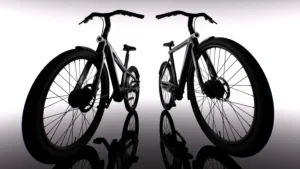According to the science behind intermittent fasting, humans aren’t biologically engineered to be constantly filled with food.
By now, you will have probably encountered this trending “weight loss solution” championed by celebrities ranging from Hugh Jackman to Joe Rogan, and selected research alike (1).
RELATED: Water Fasting Is A Gamechanger… Here’s What I Learnt In 8 Days
But what does it actually entail? And, more importantly, does it actually produce the gamechanging results it’s renowned for?
We scoured the internet for the facts and personally tested out an intermittent fasting pattern of our own over the course of a month. Here’s what we discovered.
Intermittent Fasting Guide – Table of Contents
- What Is Intermittent Fasting?
- Why It Works
- The (Apparent) Benefits Of Intermittent Fasting
- The Science
- How To Use Intermittent Fasting For Weight Loss
- The Rules Of The Fast
- Intermittent Fasting Review: BH’s 30-Day Road Test
- Intermittent Fasting For Weight Loss FAQs
- Citations
What Is Intermittent Fasting?
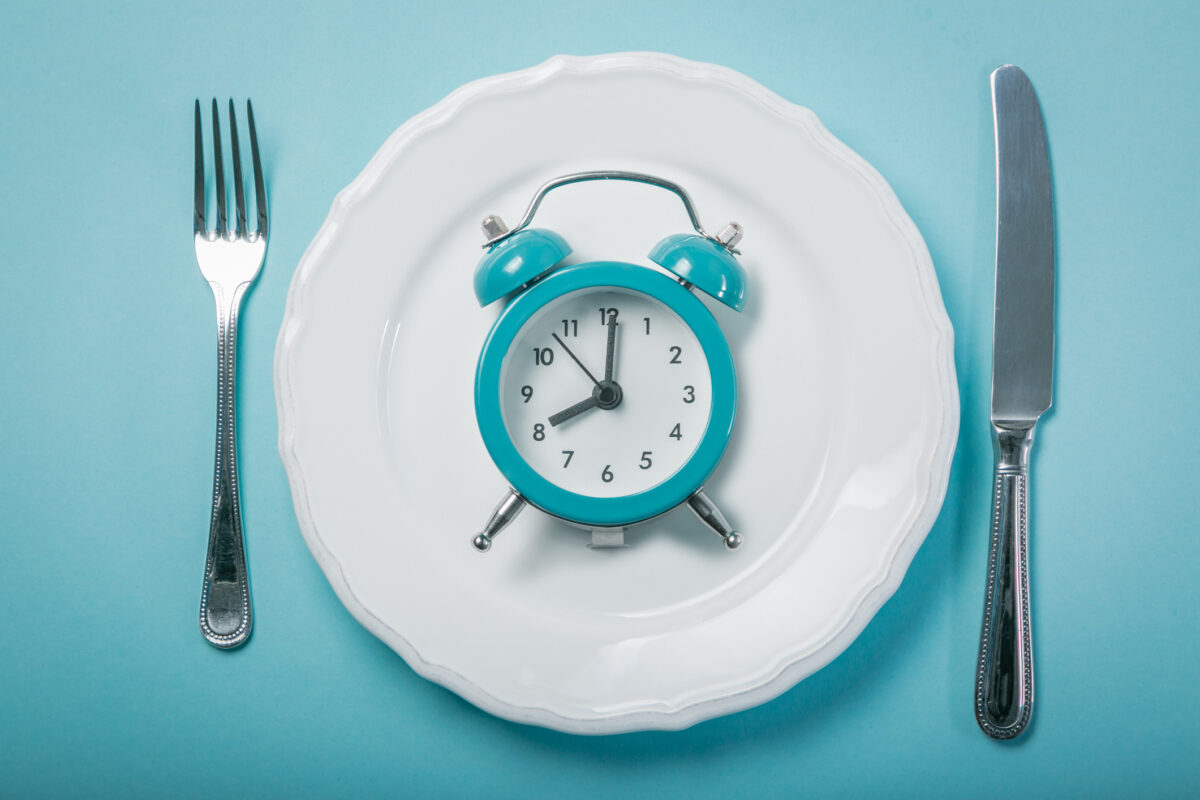
Intermittent fasting is a diet regimen that cycles between brief periods of fasting, either with no food and beverages or a significant calorie reduction, punctuated by periods of “unrestricted eating.” This can range from 12 hours all the way to a month.
Fasting periods aren’t exactly a new concept. Ancient Greek philosophers such as Socrates and Plato as well as the famed Stoic philosopher Seneca, for one, all extolled the virtues of what is essentially intermittent fasting (2).
Granted, they didn’t call it intermittent fasting, but they understood in the same way as many religious faiths (3) that overindulging in food isn’t that great for your physical or mental health.
As you can imagine, intermittent fasting doesn’t always feel… good. Especially in those first few weeks when your mind inevitably plays a highlight reel of all your greatest meals. But scientific research supports limiting calorie intake for weight loss and to unlock other health benefits.
Why It Works

Historically, people didn’t always have access to a constant supply of food and would therefore be constantly chasing the next meal. When hunger would strike, so too would an evolutionary boost in energy (and desperation).
Intermittent fasting is essentially about balancing the amount that you eat to promote metabolic health as well as a reduction in fat mass and body weight by applying a daily calorie restriction to yourself.
Insulin spikes every time we eat and when that energy isn’t utilised for activity, the excess glucose transforms into body fat, which can lead to problems such as poor blood pressure and increased risk of heart disease.
Now this can be reversed once we reach a certain level of fasting, and when foods are only consumed during specific eating periods.
Effectively, your body has exhausted its stores of glucose or sugar and burns fats as its fuel source in a process known as ketosis.
The (Apparent) Benefits Of Intermittent Fasting
- Life longevity
- Clarity of thought (no brain fog)
- Rapid weight loss
- Increased energy & vitality
- Improved blood pressure
- Improved insulin sensitivity and blood sugar
- Reduced risk of heart disease
- Increased growth hormones & muscle repair
- Inflammation reduction
The Science
Peer-reviewed scientific articles from John Hopkins Medicine to the College of Family Physicians of Canada (5) support the claim that intermittent fasting isn’t just another fitness fad.
Mark Mattson, a neuroscientist at Johns Hopkins who has studied intermittent fasting for 25 years, explains that having an intermittent fasting plan can help with weight loss through continuous calorie restriction during the fasting periods.
“Intermittent fasting contrasts with the normal eating pattern for most Americans, who eat throughout their waking hours,” Mattson explained in an interview.
“If someone is eating three meals a day, plus snacks, and they’re not exercising, then every time they eat, they’re running on those calories and not burning their fat stores.”
RELATED: Tom Hardy Says He Was Just “Really Overweight” For Bane Transformation

An article published by the Mayo Clinic Health System also agrees, stating, “alternate-day fasting is about as effective as a typical low-calorie diet for weight loss.”
For many people, time-restricted feeding with a fasting period is far easier to manage than a pure diet that aims for a calorie deficit.
It almost goes without saying that intermittent fasting isn’t for everyone — especially those under the age of 18, those who are pregnant or breastfeeding, those with a history of eating disorders, and those with Type 1 diabetes using insulin; despite the fact a number of clinical trials suggest intermittent fasting is healthy for those with Type 2 diabetes (4).
If you have any questions or concerns, always consult a medical professional before giving it a go.
How To Use Intermittent Fasting For Weight Loss

So where should you start?
There are a couple of options that have gained traction, earning nicknames such as the “Warrior Diet” or the “Eat Stop Eat Diet,” but ultimately, they all have the same goal.
The most popular types of intermittent fasting include the following:
Alternate-Day Fasting
Precisely what it says on the tin, this involves alternating between days of no food restriction with days that consist of one meal providing about a quarter (or 500 calories) of daily caloric needs.
As an example: Monday, Wednesday, and Friday consist of fasting, while alternate days have no food restrictions.
When we say no food restrictions, it’s still important to consume nutritious foods like healthy fats and raw fruits for a balanced diet as opposed to going ham at Maccas.
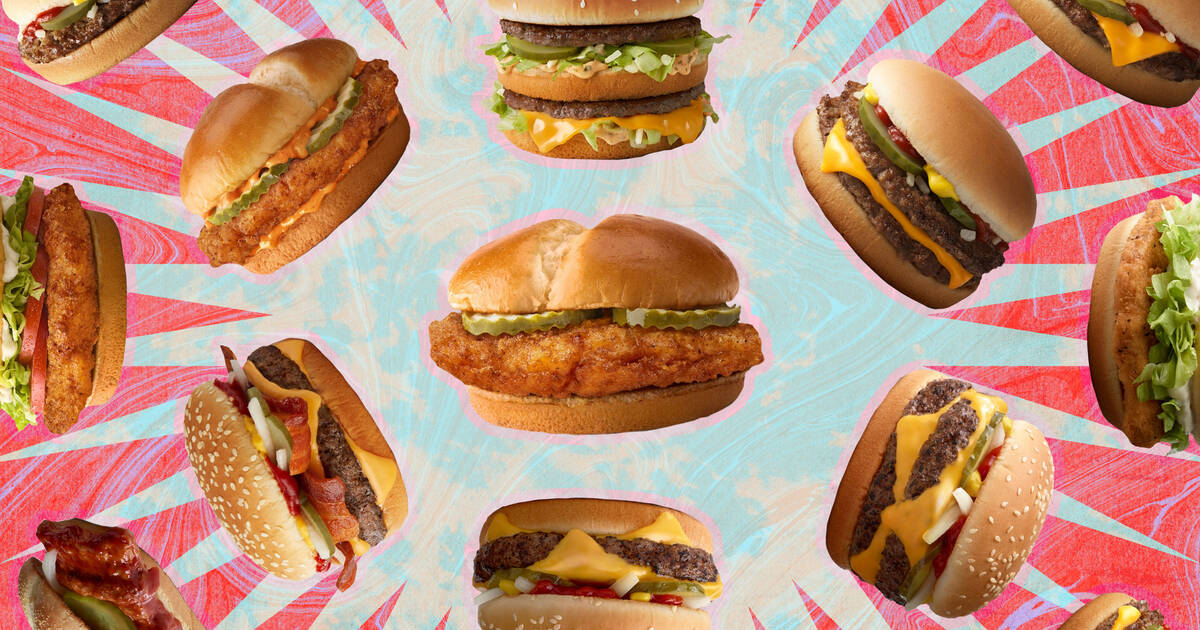
Whole-Day Fasting
For one or two days per week, you don’t eat anything at all (or up to 25% of your daily calorie needs), followed by no food restriction on the other days.
For example, the 5:2 diet advocates no food restrictions for five days of the week, with 400-500 calories for the other two days of the week.
Time-Restricted Feeding
Following a meal plan each day with a designated eating window when you aren’t fasting.
Most people will only eat during an eight-hour window, followed by a 16-hour window of fasting (generally overnight and in the morning).
The Rules Of The Fast
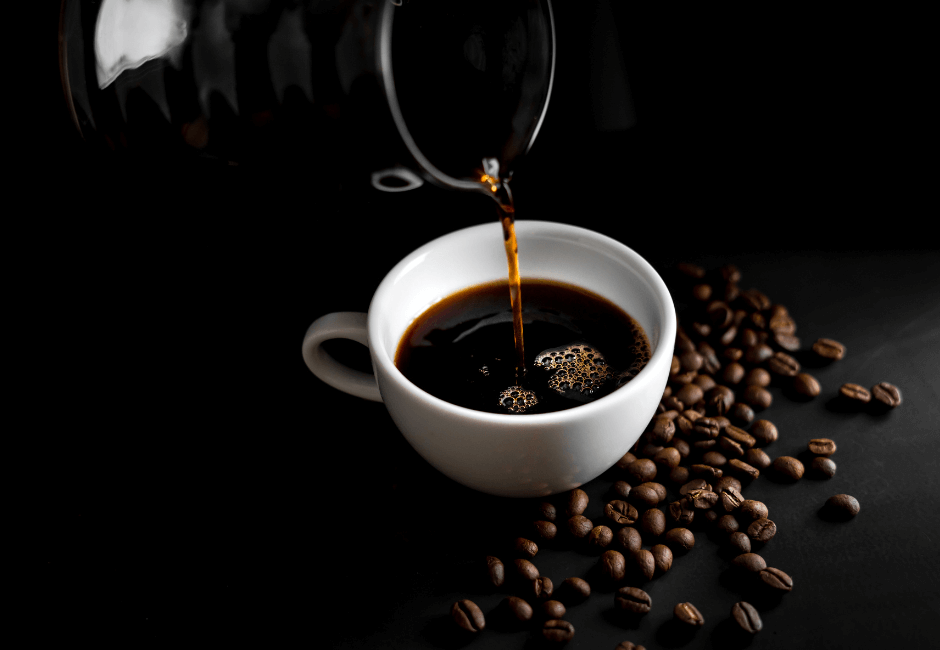
None of this is as hardline as it sounds, because there are still a few non-water allowances. Intermittent fasting for weight loss doesn’t mean you should have intermittent energy restriction too.
Depending on your dedication, you can consume the following beverages freely without increasing your caloric intake:
- Black coffee
- Tea (no milk or sugar)
- Sparkling water
While it’s easy to fall into the habit of disordered eating beyond what we need, it’s also critical to ensure you don’t develop, you know… an eating disorder.
RELATED: The 25 Best Dumbbell Exercises You Don’t Need A Gym To Master
Intermittent Fasting Review: BH’s 30-Day Road Test
Towards the end of high school, I’d successfully lost roughly 8 kilos in half a year with the help of intermittent fasting.
But given it was also introduced to me at a time when I had just begun to exercise properly — and at a time in my life when I still had an adolescent metabolism — I’ve never truly known where intermittent fasting’s efficacy ended and where a simple calorie deficit + disciplined exercise routine began.
Hence the curiosity behind this entire undertaking.
My Stats (Beginning)
Age: 26
Height: 168 cm
Weight: 77.4 kg
Bodyfat: 21.5%
The Methodology
I’m only doing this for a month, so I plan on attacking it aggressively with time-restricted eating.
While the existing literature suggests fasting periods of 12-18 hours, considering you basically knock out eightish in your sleep — and the fact that I already skip breakfast — I’ve opted to hammer it with a 23-hour gap.
That means pretty much the entire day without so much as a morsel of scrums and having my first meal at the arbitrary hour of 8 PM; with a hard cap at 1,500 calories (ideally targeting 1,200) against approximately 2,200 maintenance calories.
During the final week, I’ll begin to consume the same amount of calories throughout the day to see if it makes a difference, and whatever potential weight regain there is.
As for the all-important aspect of an eating plan, to sustain myself throughout the hard yards, I intend to spend my 1,200-1,500 calorie allowance on nutrient-dense goods like heads of broccoli, lean protein, and brown rice instead of blowing it all on a single packet of chips that’ll barely touch the sides. Also, avoiding alcohol will be key.
In terms of physical activity, assuming I don’t feel too anaemic, it’ll involve my usual weekly routine: Muay Thai x 3, Brazilian Jiu-Jitsu/Wrestling x 1 (hour to hour and a half sessions each time), plus whatever incidental exercises in between, i.e. 25-minute walks from home to gym, 20-minute walks from home to the office.
And to keep track of my progress, the folks over at Withings were kind enough to provide me with a ScanWatch Horizon for the day-to-day stuff — it also comes with quite an attractive rubber strap for those sweatier moments — and their cutting-edge Body+ scales, which (incredibly enough) can also calculate fat percentage; both of which can be linked to an incredibly handy app.
Gotta love integrated product ecosystems, eh?
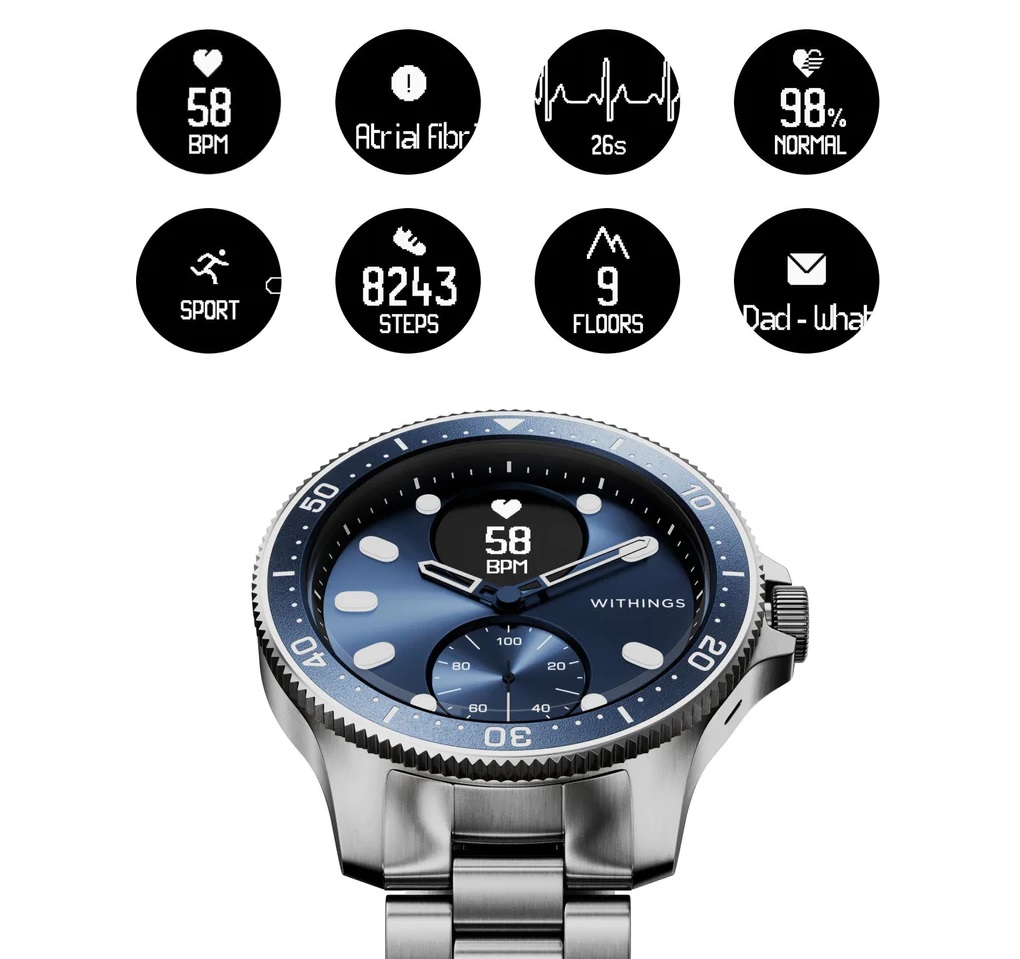
RELATED: The Workout That’ll Get You ‘Gladiator 2’ Ripped Like Paul Mescal
The Journey
Day 1
Immediately, everyone was on my goddamn nerves.
From the hours of 12 PM to 4 PM, I had no less than ten violent fantasies about “silencing” my co-workers using the brick wall next to my desk. This was a lot tougher than I’d remembered.
Still, energy levels hadn’t dipped just yet. The rumbling stomach kept me going. And at the strike of 8 PM, steamed broccoli, brown rice, and a can of John West chilli tuna honestly never tasted better.
Day 2
The calorie deficit has officially begun to kick in.
This morning, it was noticeably harder to wake up (I slept through five alarms like it was nothing). Even when I regained consciousness, I struggled to muster up the energy to get out of bed.
Where this entire endeavour had been a mild annoyance the day prior, today, food is literally all I’m thinking about. But we push on.
Steamed broccoli, brown rice, and a can of John West chilli tuna once again with some peanut butter + celery as a treat.
Day 3
Waking up continues to suck. I’m not sure if the mental grogginess I felt in the morning was a direct result of hunger or the fact that someone landed a head kick on me during yesterday’s training session.
The good news is that I’m slowly adjusting and the thought of food isn’t rearing its mouth-watering head until the hour before I can eat again; although I’m not quite at the stage of the promised “mental clarity” just yet.
Steamed broccoli, brown rice, two cans of Sirena chilli tuna, Cruskits w/ avo.
Day 4
Today presented a rather interesting obstacle that I hadn’t previously accounted for.
The last time I was intermittent fasting, I wasn’t of (legal) drinking age, meaning there wasn’t a regular social routine involving a casual pint or two with friends back then. Only the monthly sneaking out to a nearby park in the dead of night to sip on stolen spirits.
Stupidly, I opted to dedicate the entire day’s caloric intake to Guinness and peanuts (but only after 8 PM as usual; slight cheating with the final drink at 9:30 PM). A pint of Guinness contains approximately 210 calories, so naturally… I had seven.
Tomorrow should be interesting.
Day 5
Dumb. So very, very dumb. I woke up feeling as though I’d been hit by a truck with my guts in absolute turmoil.
Training is obviously off the cards today. Semi-hungover state aside, I’ve come to learn if I want to get a session in, it has to be in the morning while I’ve still got some fuel from the night before burning — lunchtime sessions are a bit of a stretch, evening classes are damn near impossible, and fatigue creeps in far earlier during said sessions.
Fascinating enough, despite the rough start to the day, food is no longer a front-of-mind temptation.
Steamed broccoli, low-carb pasta with garlic and just a touch of olive oil (olive oil is calorically dense), and grilled chicken breast as a reminder that no amount of booze is worth forgoing food this month.
Day 7
With an entire week in the can and only a minor hiccup or two, I’ve lost a touch under 2 kilos beyond my usual fluctuation.
As a reward, dinner comprises of steak, broccoli, and a roast spud or two.
Now that the toughest part is (ostensibly) over, updates henceforth will be slightly less regular.
Day 10
Nothing all too notable to report today aside from the fact I properly dined out for the first time since this experiment began and may have exceeded the calorie limit with Eastside Bar & Kitchen’s free-flowing butcher banquet (think Brazilian BBQ but with fattier cuts of meat).
Call it a cheat day. Training tomorrow morning is now non-negotiable.
Day 13
Proudly, I made it to training.
There’s simply no denying I’m working with a continuous energy restriction. And my body doesn’t seem to be recovering like before. That’s why it has been bumped down from four times a week to three: two pure Muay Thai, and one hybrid session with light grappling.
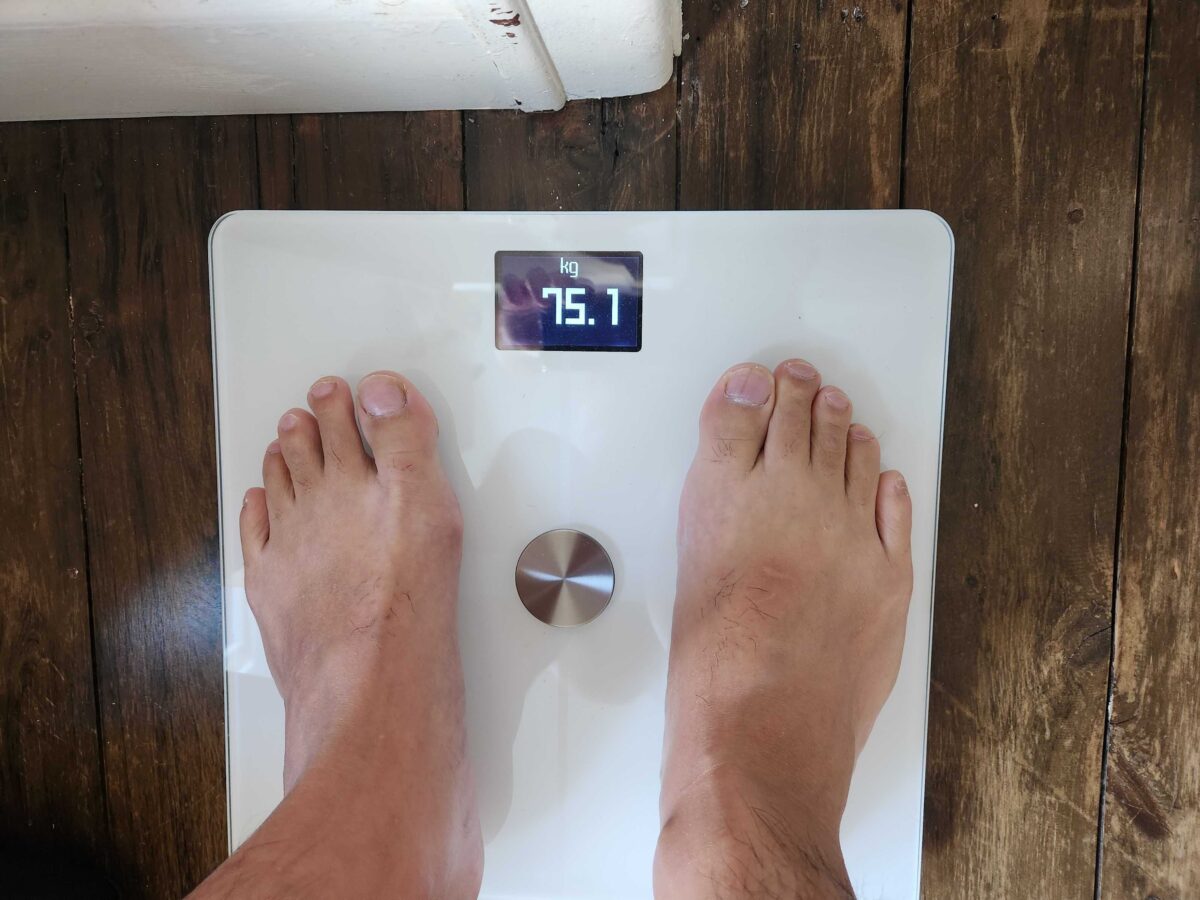
Day 14
I think I’ve achieved a nice equilibrium by now. A steady cruising altitude, if you will.
At the end of Week 2, I’m sitting at just below 75 kilos, meaning a total weight loss of around 2.5 kilos so far.
I’m not sure if this is purely placebo or what but I also feel slightly sharper up top when it comes to making decisions.
Day 18
The appetite change had kicked in earlier but I wanted to be sure.
For whatever reason, I’ve had close to zero desire to eat lately, even when the eatin’ hour rolls around. But I’ve forced myself to stick with the routine for the sake of my exercise.
More broccoli, more tuna, more brown rice.
Day 20
Yet another cheat day, this time at a mate’s dinner party (starting to notice a pattern here).
The good news is it was a fairly wholesome vegetarian feast so I did get plenty of nutrient-dense food in me. And perhaps a bottle of wine or two.
Because if nothing else, intermittent fasting is a social killer. Adjust accordingly.
Day 21
Three weeks in and I think my weight loss has plateaued at 3.5 kilos. Time to change things up.
From tomorrow onwards, I’ll aim to eat the same amount of calories throughout the day to see if it impacts anything, but more importantly, to see if fuelling higher frequency/longer/more sustained training sessions moves the needle.
Day 22
Almost instantly, being able to eat during the day makes me feel way livelier.
Thanks to a well-timed falafel salad at lunch and a Red Bull Zero before clocking off, I hit an evening training session for the first time all month and logged close to over two hours of active exercise.
Just broccoli and grilled chicken breast for dinner.
Day 25
Apart from the incrementally larger weight fluctuations throughout the day and consistent energy levels (less restricted), nothing has changed in a major way.
All the so-called benefits of intermittent fasting still remain. I feel just as sharp as a week ago (if not sharper). And the weight hasn’t crept back yet.
Day 27
Now that I can readily access the energy to train at a more frequent rate with sustained sessions, I’ve managed to lose an additional kilo.
I’m also beginning to wonder how crucial the fasting component of my month-long health kick really was.
Day 30
Finito. 4.2 kilos lost in a month. How good.
My Stats (End)
Age: 26
Height: 168 cm
Weight: 73.2 kg
Bodyfat: 20.1%
The Verdict
Considering I was able to continue losing weight after discarding the strict dietary schedule, I suspect the secret sauce had nothing to do with starving myself, and everything to do with better lifestyle choices.
In fact, had I investigated a little more beforehand, I would’ve come across Harvard’s findings for a randomised controlled trial, which followed 100 overweight adults for a year, and “did not find intermittent fasting to be more effective than daily calorie restriction.”
“For the six-month weight loss phase, subjects were either placed on an alternating day fast (alternating days of one meal of 25% of baseline calories versus 125% of baseline calories divided over three meals) or daily calorie restriction (75% of baseline calories divided over three meals) following the American Heart Association guidelines,” explained diet review.
“After six months, calorie levels were increased by 25% in both groups with a goal of weight maintenance. Participant characteristics of the groups were similar; mostly women and generally healthy. The trial examined weight changes, compliance rates, and cardiovascular risk factors.”
“Their findings when comparing the two groups:
- No significant differences in weight loss, weight regain, or body composition (e.g., fat mass, lean mass).
- No significant differences in blood pressure, heart rate, fasting glucose, and fasting insulin. At 12 months, although there were no differences in total cholesterol and triglycerides, the alternate-day fasting group showed significantly increased LDL cholesterol levels. The authors did not comment on a possible cause.
- The dropout rate was higher in the alternate-day fasting group (38%) than in the daily calorie restriction group (29%). Interestingly, those in the fasting group actually ate less food than prescribed on non-fasting days though they ate more food than prescribed on fasting days.”
While (for some reason) I hadn’t thought to track the change in my heart rate — probably because I didn’t think a month would present much to report on in this regard — according to the data recorded by the Withings ScanWatch Horizon, it remained relatively unchanged.
I suppose if you’re looking to lose weight, nothing will ever beat a healthy diet and regular exercise. Which, in my experience, is better balanced, way less socially alienating, and doesn’t suck as much.
RELATED: Jake Gyllenhaal’s Workout & Diet Plan To Get ‘Road House’ Ripped
Intermittent Fasting For Weight Loss FAQs
How much fat can you lose in a month with intermittent fasting?
A healthy approach to intermittent fasting will see you lose between 1-2 kilos per month. Potentially more, depending on how aggressively you approach it.
Is it better to fast for 12 or 16 hours?
At least 12 hours between meals is considered to be ideal. Although 16 hours will apparently yield slightly better improvements in weight loss.
Can you lose fat just by intermittent fasting?
Yes, you can. Intermittent fasting will cause your body to burn through its glucose fuel reserves before burning fat as its main fuel source. The exact percentage, however, will vary depending on diet and exercise.
Does coffee break a fast?
Black coffee does not break a fast and can give you an energy boost if you’re feeling tired.
Citations
- Effects of Intermittent Fasting on Health, Aging, and Disease, The New England Journal of Medicine, 26 December 2019.
- How to Eat Like a Stoic – The Ancient Diets of Cynicism and Stoicism, Medium, 21 October 2019
- The impact of religious fasting on human health, Springer Nature Nutritional Journal, 22 November 2010.
- Intermittent Fasting: What is it, and how does it work?, John Hopkins Medicine – Health – Wellness & Prevention.
- Intermittent fasting and weight loss, Journal Of College of Family Physicians of Canada, February 2020.
- Diet Review: Intermittent Fasting for Weight Loss, Harvard T. H Chan School of Public Health.







